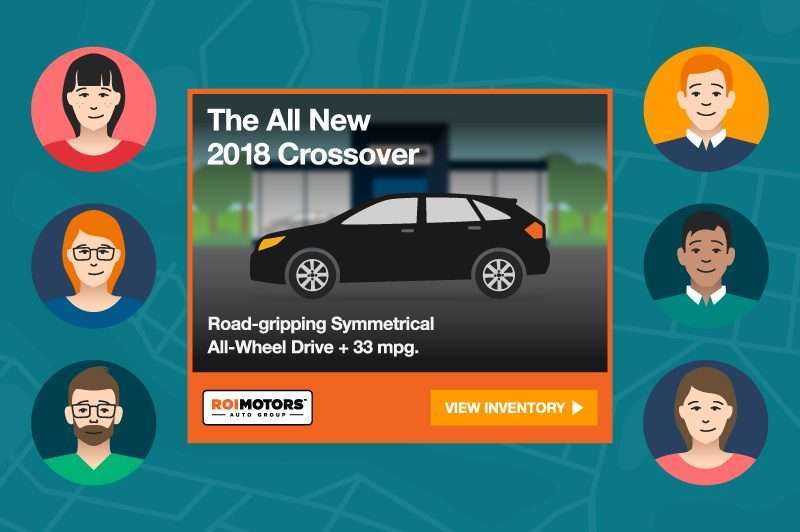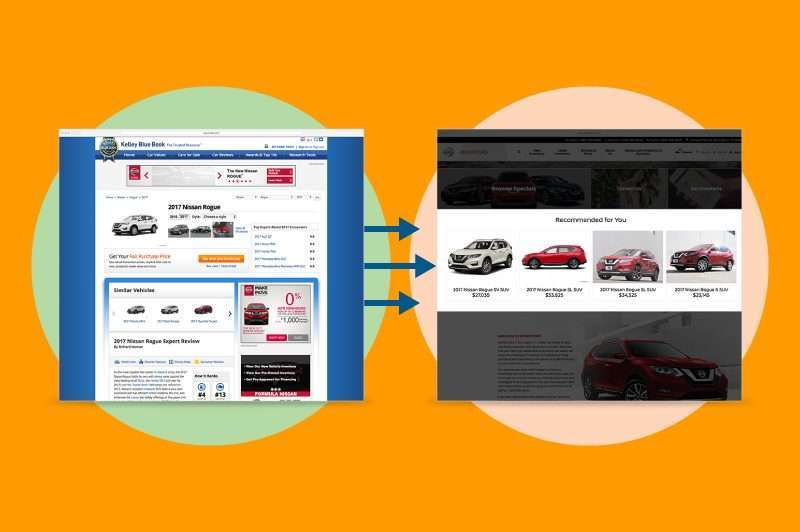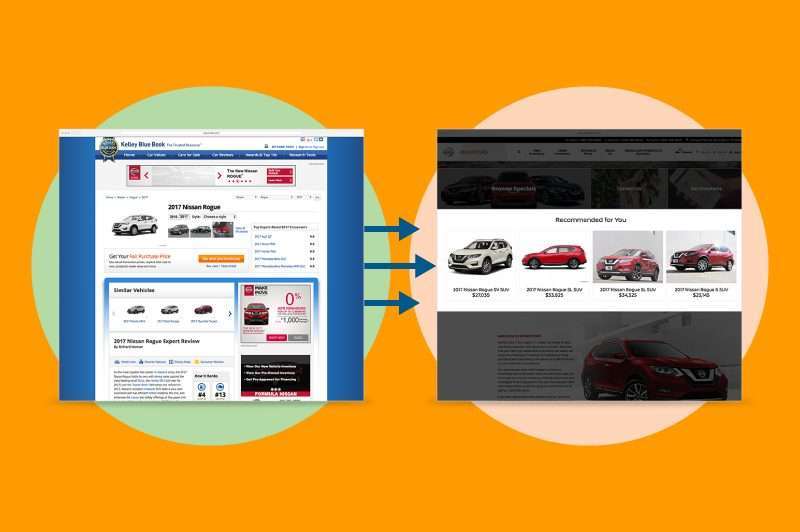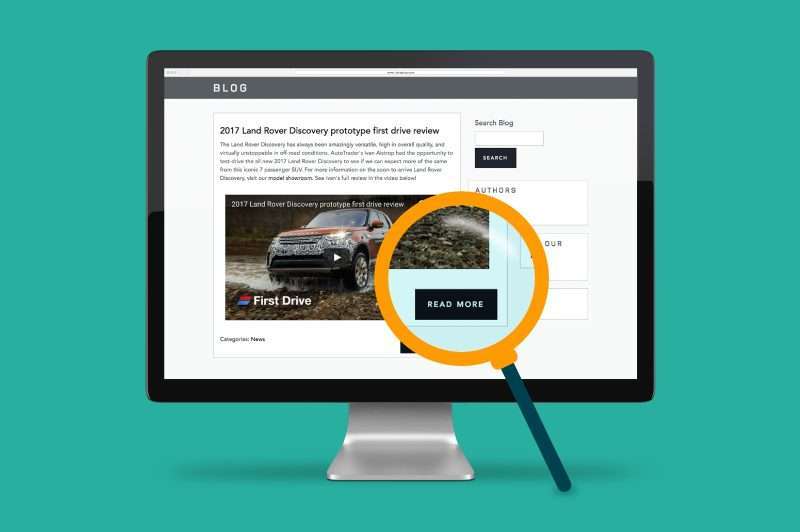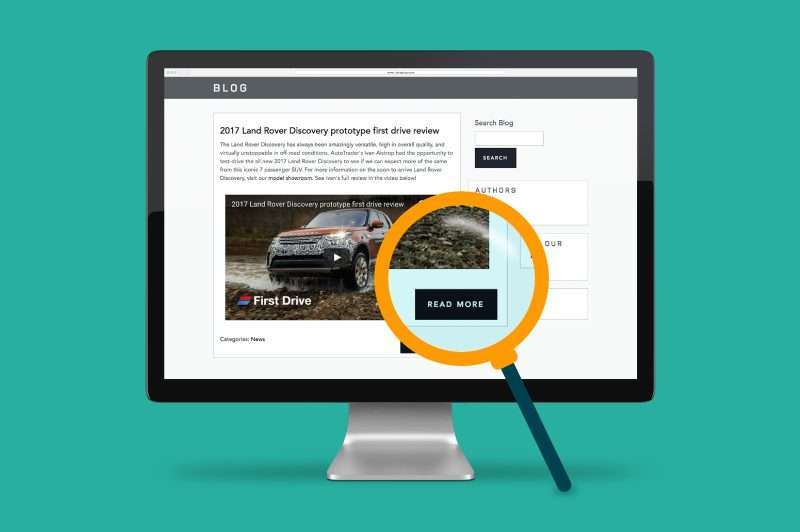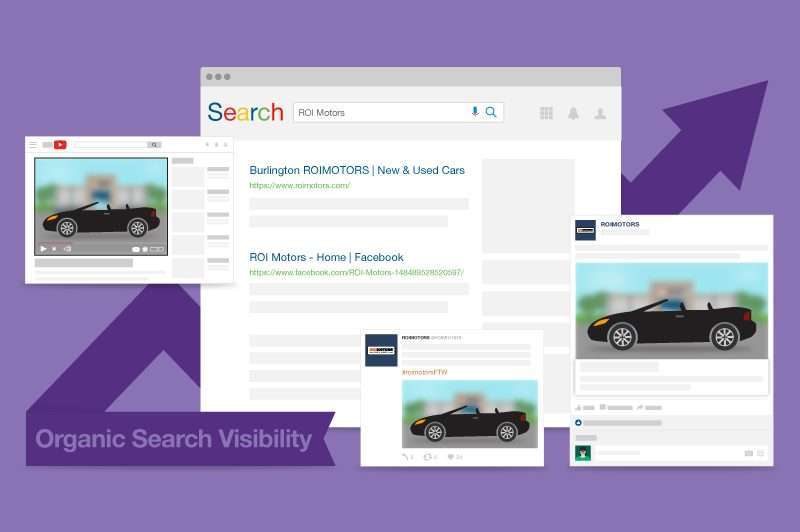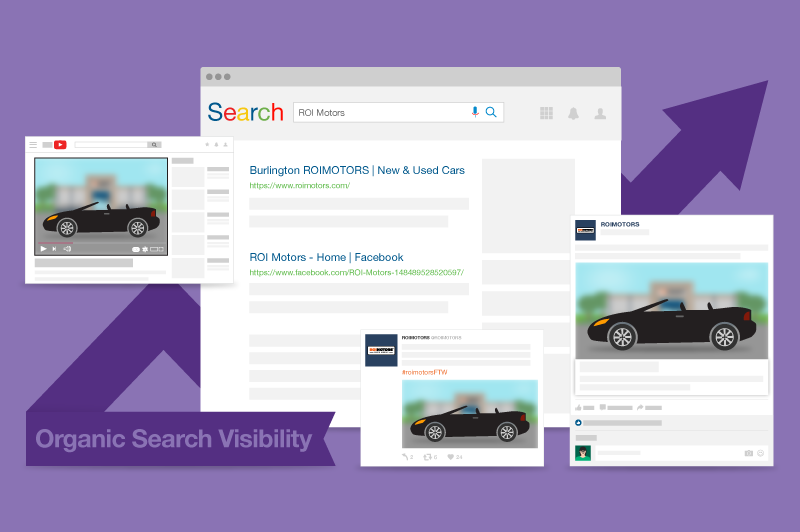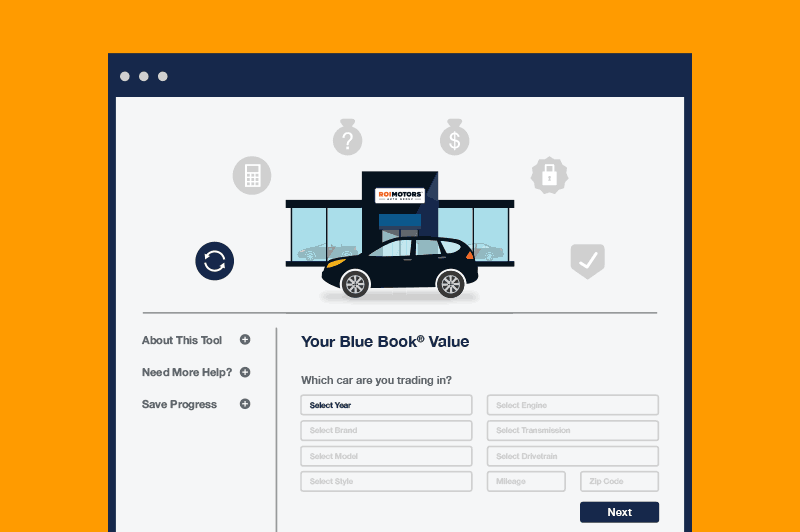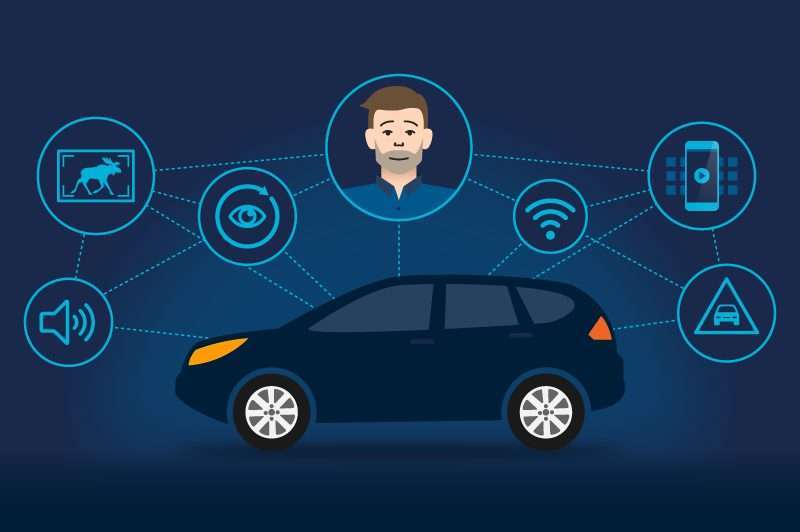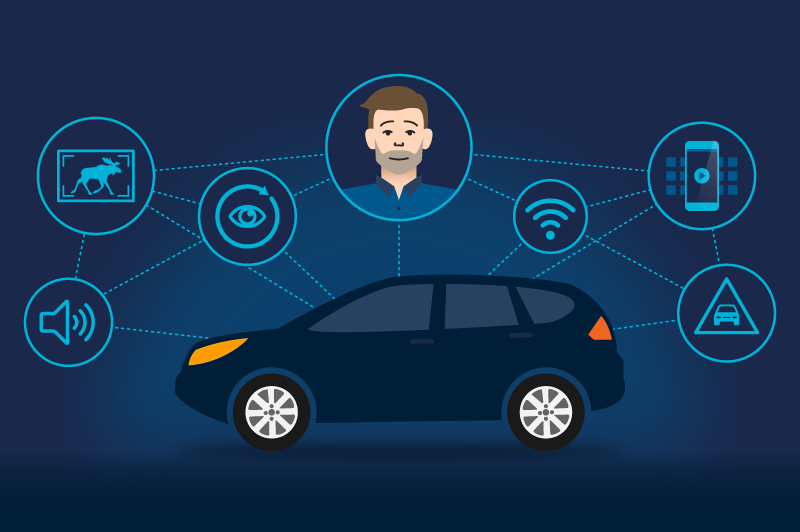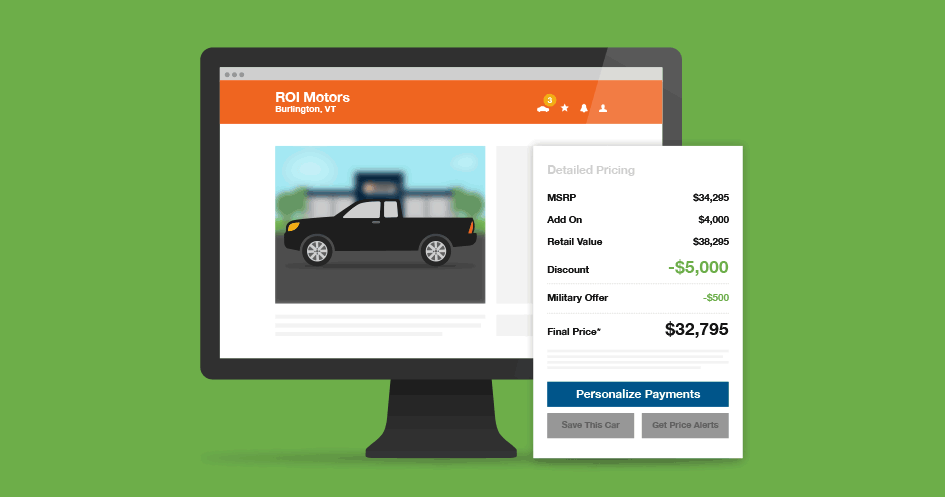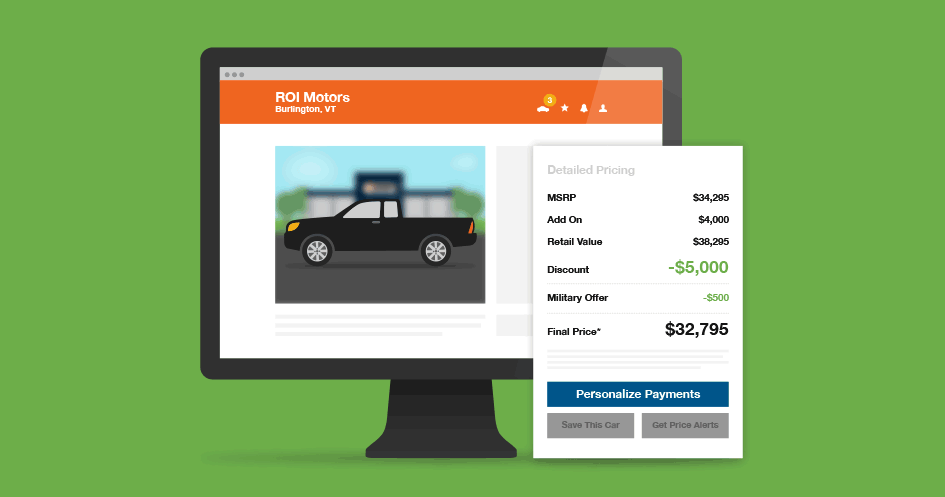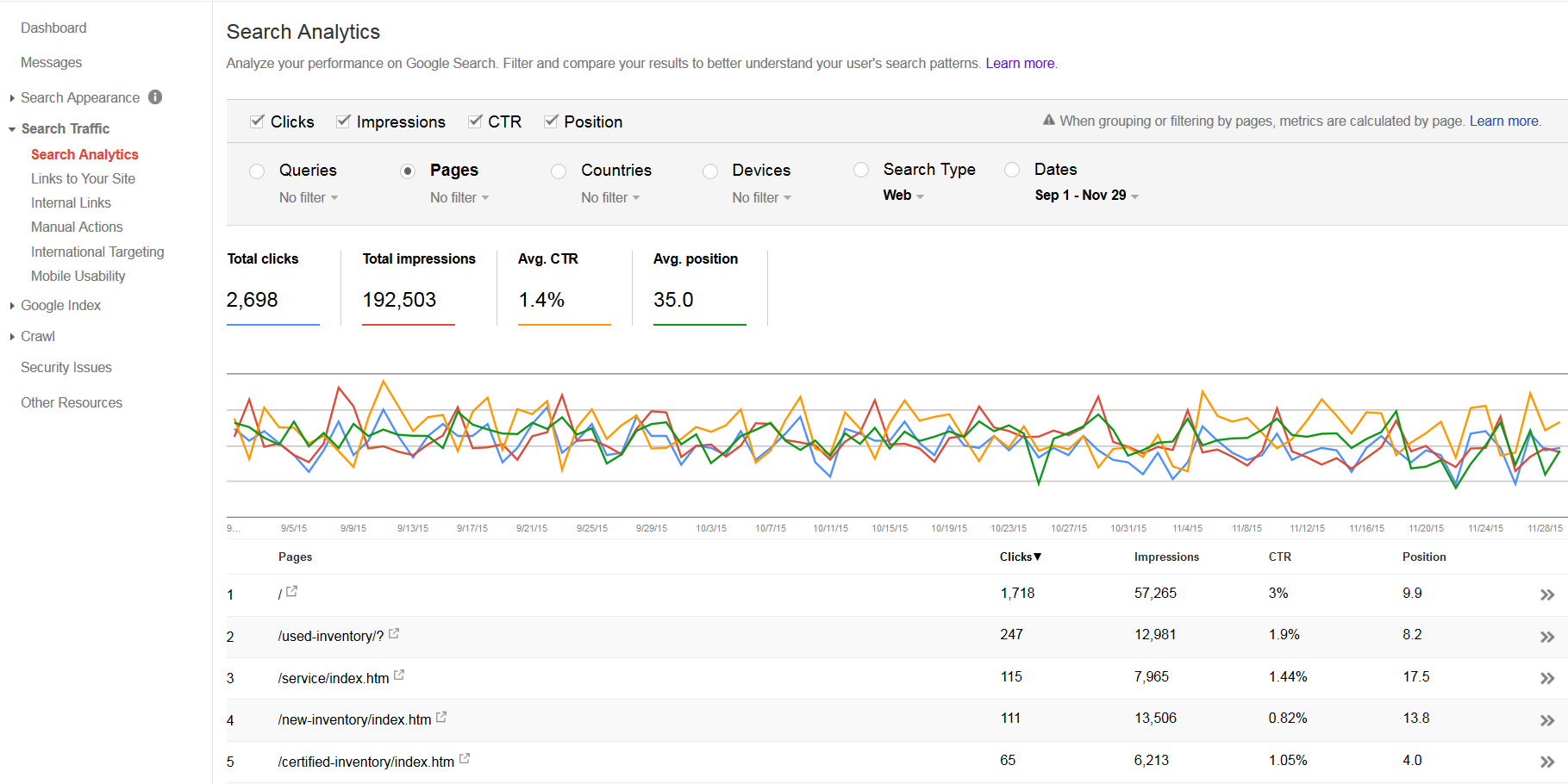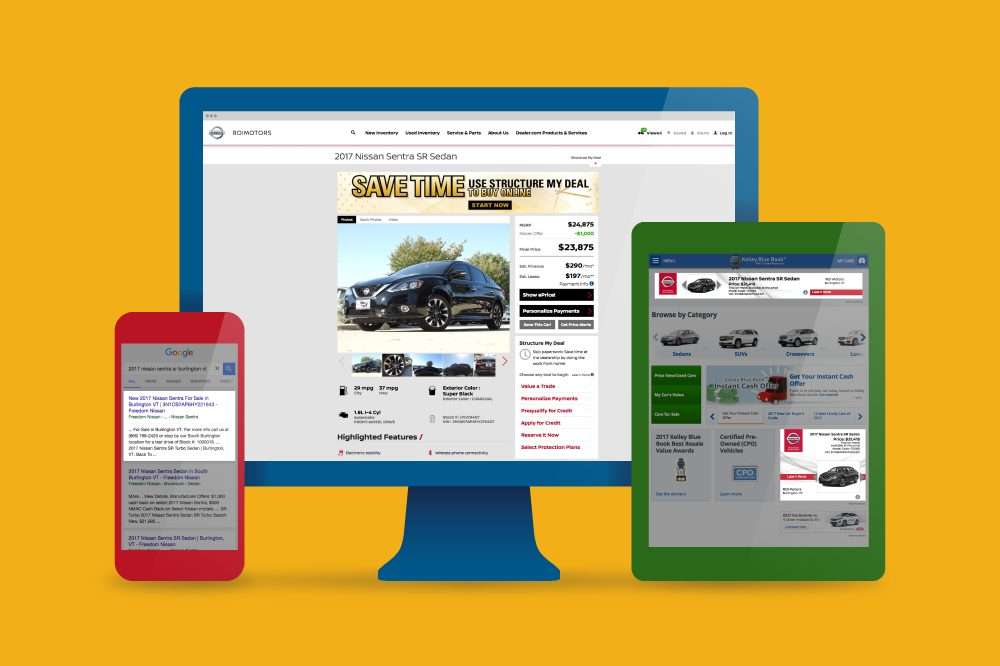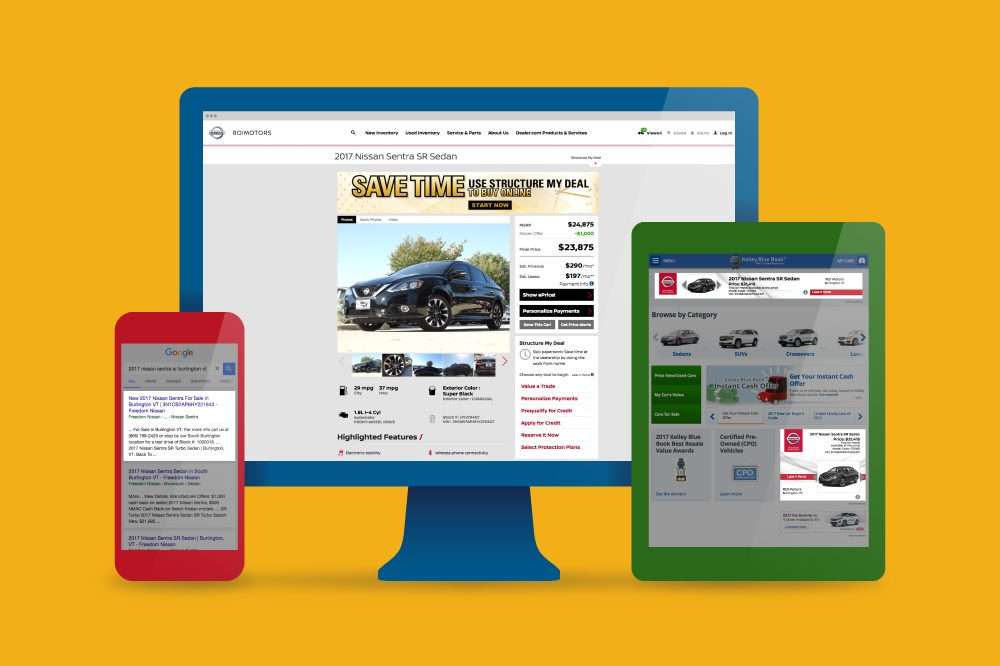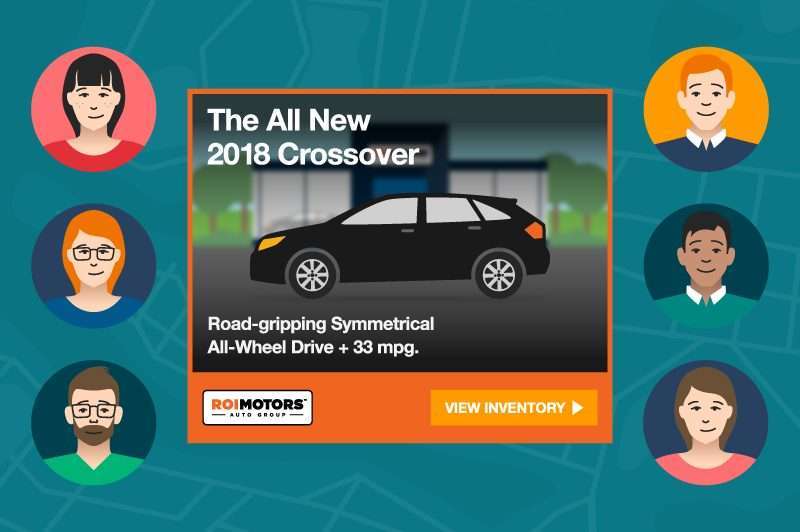
Stop us if this sounds like you:
“Overhead is up 40 percent this year, and now you’re telling me shoppers are going to buy three percent fewer cars in my local market next year? Something’s got to give here if we want to retain gross and have a shot at earning OEM performance award bonuses!”
We hear you. Margin compression is challenging, especially these days. Which is why it’s critical to engage an automotive advertising agency like Dealer.com to develop efficient advertising campaigns – messages that use data gleaned from billions of shopper behaviors in real-time and deliver ads that result in high-quality sales opportunities for your team – to maintain profitability in a challenging market.
Here’s what you must consider about advertising efficiently.
Buyers Want This to Be Easy
Mobile shoppers are far more likely to ‘click to call you’ from the search ad they see (and/or get directions to visit) if your ads address their individual desires (What’s my payment on a 2018 truck lease? How many are in stock?) especially if shoppers visited your website before. You need to consider how your ad content will adjust to gain interest from the most likely shoppers, both the message they see and level of aggressiveness needed to place it above competitors. For example, are you bidding more to deliver a specific new vehicle ad to the person who visited that car on your website last week? If you’re not, you need to be (The technology is called Retargeting Lists for Search Ads, or RLSA). Make it easy for shoppers, especially high-income, high-spending shoppers, to do business with you. Don’t limit your ad delivery to shoppers browsing Google search engine results pages.
The good news is that dealers using effective marketing practices online receive as much as four times more traffic to their online listings, an increase that drives a 15 percent improvement to their new car turn, according to vAuto, a Cox Automotive brand.
Here are three tips to make sure you run efficient ad campaigns that bring in more high-quality prospects for a lower average cost, using the most compelling content.
1. Showcase your inventory.
Highlight the unique features of your inventory with equally unique messages delivered based on each shopper’s profile. Update your most current deals, then take advantage of intelligent software to match them to the right shoppers at scale.
2. Match and draft.
Match the advertising message (payment/vehicle features/comparable offers) from TV and digital advertising to the message greeting shoppers who visit your digital showroom. Don’t forget to draft off Tier 1 and 2 national/regional event ads. Say one of your manufacturers is aggressively promoting one of its compact SUV offers. Ensure your ads deliver more specific content than the brand-awareness focus, and target net-new shoppers who are still cross-shopping the competition. Once you saturate local search demand, it’s time to use first-party shopper data from cross-shoppers to generate more interest using social networks and audience targeting.
3. Turn over hidden gems.
We get pretty obsessed with metrics, sometimes to the point of “analysis paralysis”. VDP views by model, however, is a report worthy of your attention. Having trouble selling a particular vehicle, and yet the VDP traffic volume is unexpectedly high? Check to make sure your price and pictures are sharp, then dedicate a realistic budget to advertising that vehicle so you can goose sales. Do you know which zip codes are generating the most sales of this vehicle? How aggressively are you positioning the specific vehicle in these areas versus spreading your investment evenly across a larger geographic.
Sales may plateau or decrease, but that doesn’t mean you can’t grow your sales and market share using a more efficient digital advertising solution as part of your holistic media and content platforms.
Got an advertising plan for 2018, or need help getting started? Drop us a line or comment below. We’d love to know what’s been working, and what the challenges are, for your dealership.
Joe Mescher is on the Enterprise Media Solutions team at Cox Automotive

